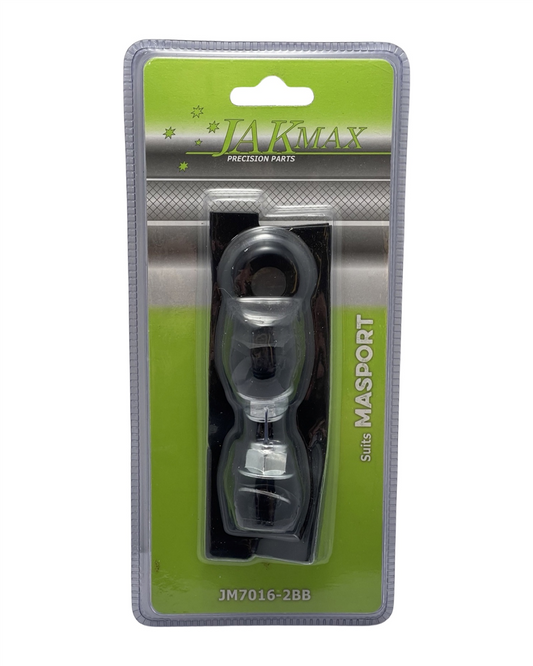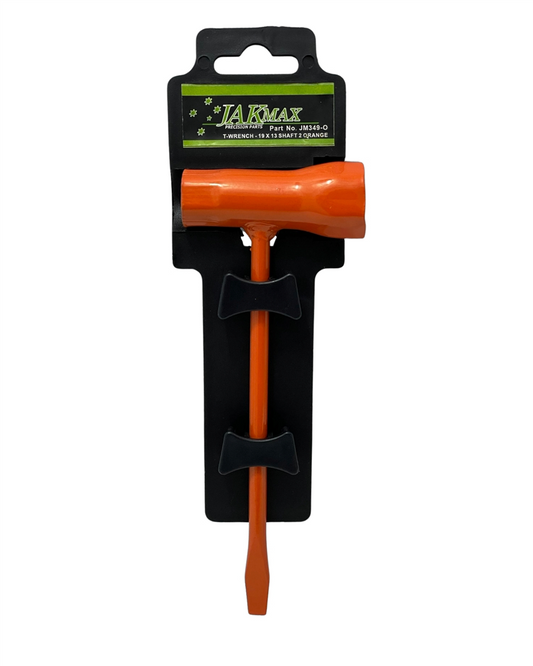Struggling to grow aubergines? Here’s what finally worked for me
Share
How I Finally Got My Aubergines to Thrive (And You Can Too!)
Growing aubergines nearly drove me to madness. Every season, I'd plant them with the best of intentions, dreaming of glossy, deep-purple beauties that would star in homemade ratatouille. Instead, I got sad, stunted plants with barely a fruit to show for my efforts.
Then, something changed. I tweaked my approach, and suddenly, my aubergines went from disappointing to downright abundant. If you’ve struggled to grow these finicky veggies, here’s what finally worked for me!
The Right Spot Makes All the Difference
Aubergines love warmth. And I mean love it! I’d been planting mine in a spot that got decent sun but had a little too much wind exposure. The leaves struggled, and the plants never reached their full potential.
Then I moved them to a bed that gets full, blazing sun for at least 6-8 hours a day. I also positioned a few potted herbs around them to act as a wind buffer. Boom! Happier plants from the start.
Soil: Make It Rich and Loamy
My first mistake? Planting aubergines in tired, nutrient-poor soil. They need rich, well-draining soil packed with goodness. I worked in plenty of compost before planting and added a sprinkle of organic fertiliser rich in potassium and phosphorus. That gave the plants the energy to put out strong roots and lush growth.
Watering = Consistency
Too much water? Root rot. Too little? Stressed plants that drop flowers before they even form fruit. The trick was consistent moisture. I started watering deeply every few days instead of frequent light watering.
Mulch helped keep the soil damp without waterlogging it. A layer of straw did wonders in retaining moisture and minimising evaporation.
The Secret Weapon: Companion Planting
I read that aubergines thrive when planted near marigolds and basil. So I gave it a shot. Not only did this make the veggie patch look gorgeous, but it actually worked. Marigolds kept pests at bay while basil helped enhance the flavour of the fruit. Win-win!
Pollination: Yes, You Need to Step In
If you’re not seeing much fruit despite healthy plants, the bees might not be doing their job. I had this issue early on, so I started hand-pollinating.
It’s simple—just use a soft paintbrush or even your fingertip to transfer pollen between flowers. A gentle shake of the plant also mimics natural insect activity. Once I started doing this, my aubergine plants suddenly got serious about fruiting.
Avoid the Rookie Pruning Mistake
Early on, I believed more leaves meant more energy for the plant. Turns out, selective pruning is key. Removing some of the lower leaves improved airflow and reduced pest problems. It also helped the plant concentrate its energy on developing fruit instead of just growing foliage.
The End Result? More Aubergines Than I Knew What to Do With!
By fixing these simple mistakes, I finally cracked the code. My final harvest was so abundant that I had to start giving aubergines away!
If you’ve struggled to grow them, don’t give up just yet. Get the conditions right, provide a little extra care, and soon you’ll be growing enough aubergines to feed the whole street.
Have you had success growing aubergines? Or are you still battling them? Let’s chat in the comments!

Stay Connected
Join our gardening community on Facebook: Urban Gardener's Notebook
And follow our Store Facebook Page: Strathalbyn H Hardware on Facebook









